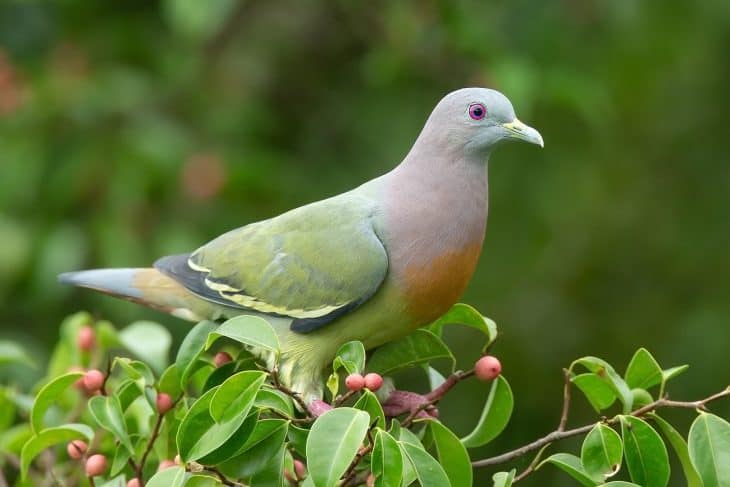
Pigeons have succeeded in more ways than one. They have among the biggest populations in the world, not just in terms of individual birds, but also species. They also don’t confine themselves to just one or two regions like many other species do. Pigeons have even earned themselves places in both human history and society. Learn more about these amazing animals with these 50 pigeon facts.
- Pigeons make up one of the two kinds of bird that makes up the Columbidae Family.
- The family includes a total of 344 species, which scientists divide into 50 genera.
- Of those 344 species, 13 count as officially extinct today.
- Only larger members of the family count as pigeons, with small members counting as doves instead.
- The distinction between pigeon and dove does not exist in most non-English countries.
- The pigeon’s ancestors first evolved after the end of the Cretaceous Period 65 million years ago.
- Fossils of early, pigeon-like birds go back to the Miocene Epoch, around 23 million years ago.
- English zoologist William Leach first used the term Columbidae in 1820.
- Scientists once divided the family into 5 subfamilies, but many scientists today see this as inaccurate.
- Fossil evidence of pigeons’ development over time remains unclear to this day.
- DNA evidence has led scientists to discover the first pigeons that evolved in the Australasian region.
- That same evidence also points to cuckoos as the pigeons’ closest relatives.
- Other birds closely related to the pigeon include sandgrouses and mesites.
- Sandgrouse fossils have a very similar appearance to those of pigeons.
- The extinct Dodo bird also belonged to the same family as the pigeon.
- Pigeon comes from the Latin word pipio, or peeping chick.
- Pigeons have no gallbladders.
- The Wing muscles make up to 44% of a pigeon’s mass.
- Pigeons always have 11 primary feathers, regardless of the species.
- They only bob their heads when not moving.
Pigeons don’t tend to build sturdy nests.
They build them from only sticks and other bits and pieces of debris, after all. That, and they don’t need them for very long, as pigeons only lay two eggs at most. It then takes only around 18 days before they hatch, after which the chicks grow into flight-capable juveniles after a month at most. Once they can fly, the young pigeons will leave, with the parents also leaving soon after.
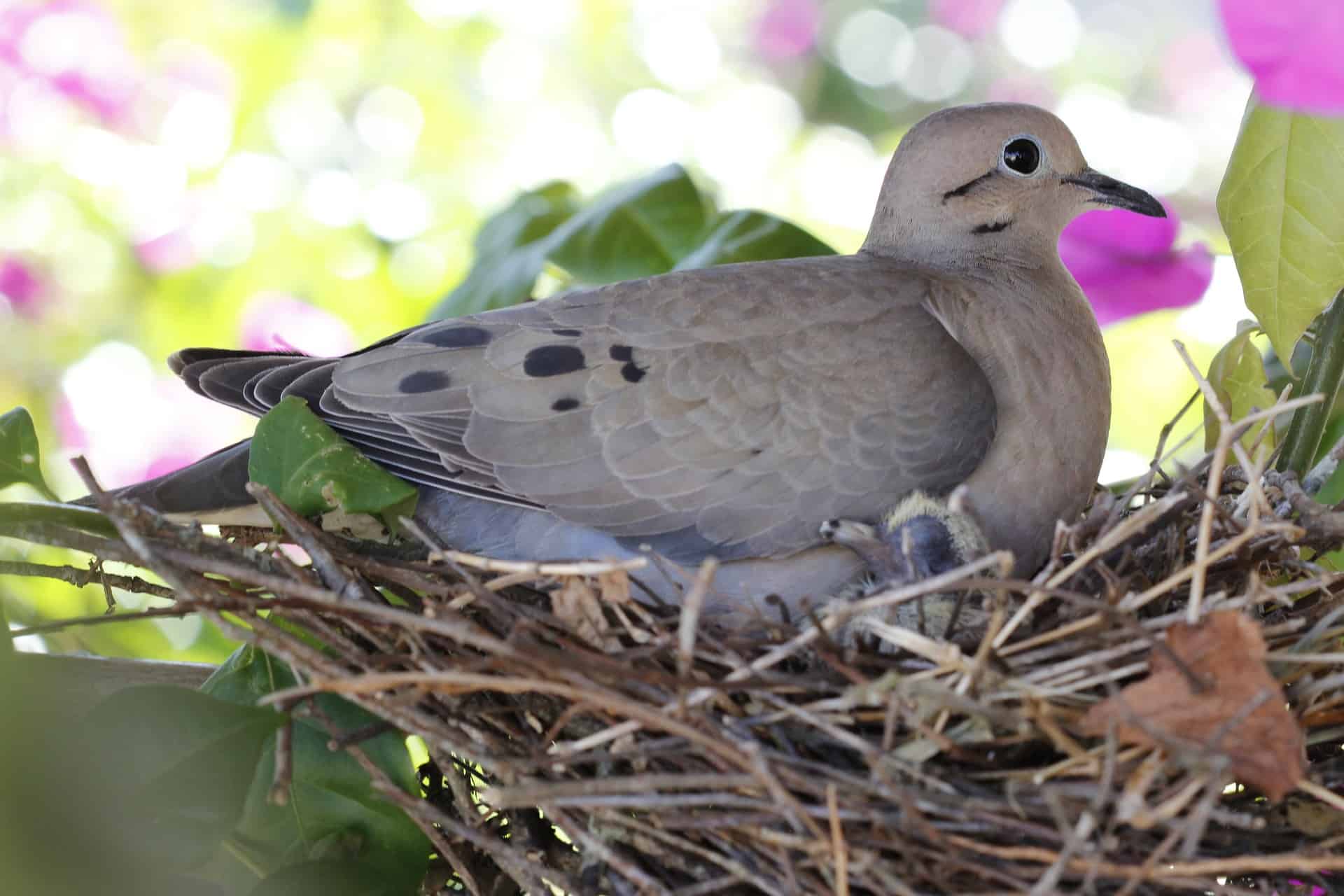
Pigeons actually produce a form of milk.
They share this distinction with doves, making them unique among birds or even animals in general, since only mammals usually have the ability to produce milk. In fact, that’s what defines mammals in the first place, the ability to produce milk to feed their offspring.
That said, differences exist between mammalian milk, and those of pigeons, called crop milk. Crop milk has a semi-solid consistency, with higher concentrations of protein and fat compared to mammalian milk. The birds also don’t actually produce it, as much of it actually sloughs off their throats, before feeding it to their chicks mouth to mouth. Also, unlike mammals, where only females can produce milk, all pigeons regardless of gender can produce crop milk.
All pigeon species have certain shared characteristics.
For starters, they all have short legs, and they all have short bills with fleshy beaks. They also tend to have short heads on top of compact bodies, with strong wings. In fact, pigeons count among the strongest birds in the world. Also, earlier we mentioned how they have no gallbladders. Instead, the bile their livers produce gets directly fed into the intestines, instead of temporarily getting stored in a gallbladder.
Pigeons live all over the world.
In fact, it’s actually easier to list down the few places on Earth where pigeons don’t or simply can’t live in. These include Antarctica, the Arctic, and the Sahara Desert. Every other place on Earth has pigeons of various species, many of which come and go freely. Domestic pigeons in the British Isles, for example, frequently travel to as far away as North Africa.
They also have generally the same food preferences.
Seeds and fruits make up the pigeon’s staples, though, some species prefer one or the other. In fact, scientists actually divided several pigeon species into a subfamily based on just that preference. Specifically, the subfamily of Columbinae prefers to eat seeds over fruits given the chance, where the other four subfamilies prefer to eat fruits over seeds given the chance.
That said, pigeons do have diverse diets, supplementing their staples with other food items, usually insects and worms. Scientists have even observed the bigger pigeons hunting small reptiles like lizards for food.
Domestic pigeons make up the world’s oldest domesticated bird.
In fact, cuneiform tablets dating back to Humanity’s first civilization, the Sumerians, record domestic pigeons under human care as far back as 5000 years ago. Ancient Egyptian records also have similar references, further backing up the pigeon’s place in human history.
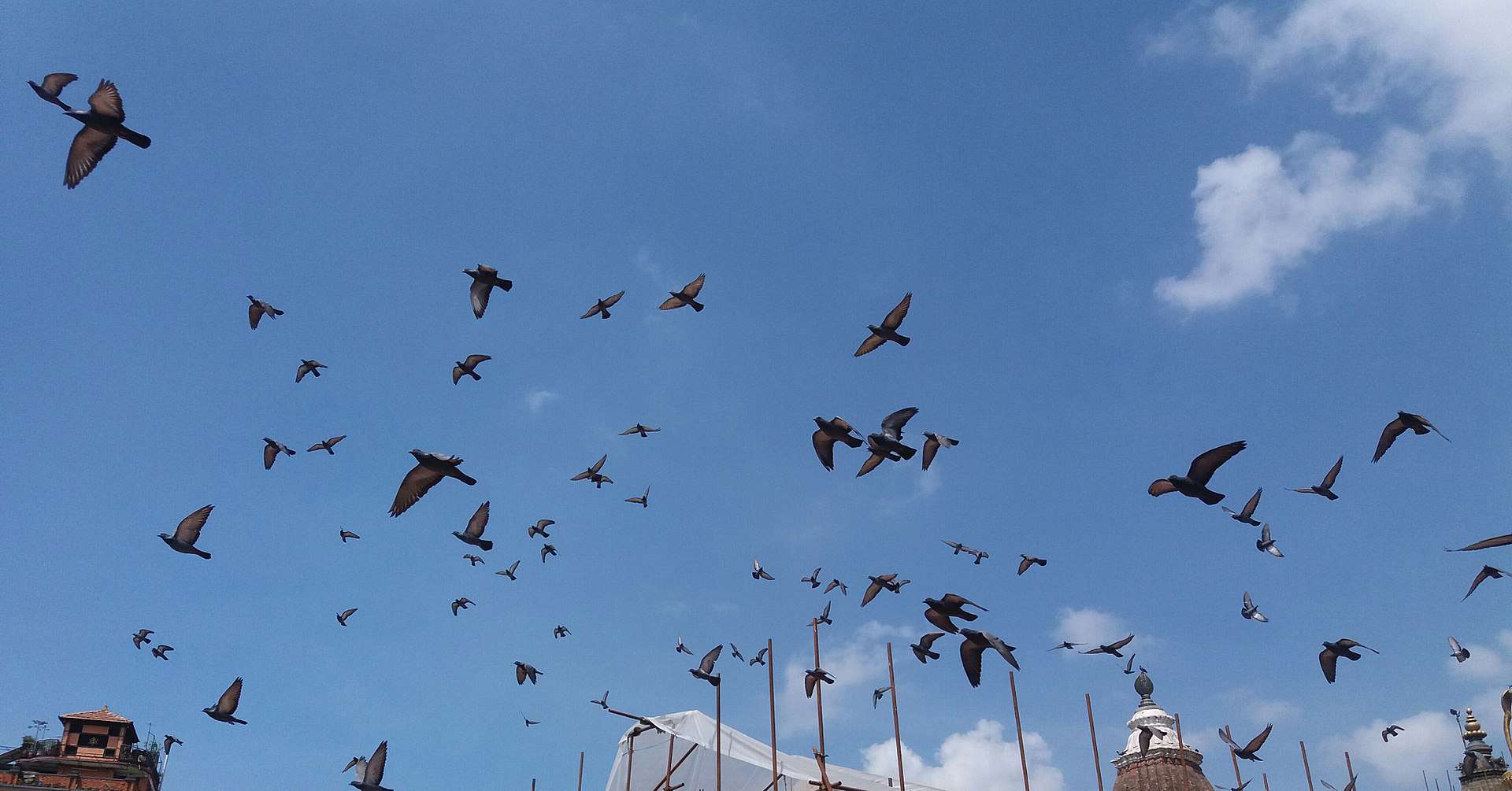
Their most famous use involved carrying messages.
This goes back to Ancient Egypt, with the Ancient Egyptians using pigeons to carry messages as far back as 3000 BC. The Ancient Greeks took up the practice and used it to bring news around their country, such as announcing the winners of the Olympic Games.
Knowledge of the messenger pigeon became lost in Europe with the Fall of the Roman Empire but remained preserved in the Middle East. The Islamic Caliphate used pigeons to deliver messages, and which returned the knowledge to Medieval Europe via Spain and Italy. Scientists today continue to study how pigeons fly with such accuracy, with theories including natural magnetic senses, or using the Sun as a reference point.
Messenger pigeons have even earned military awards in the past.
Both sides used messenger pigeons during WWI and WWII, despite modern communications technology like telegrams, telephones, and radios. In WWI, the French awarded the pigeon Cher Ami the Croix de Guerre for her services during the Battle of Verdun in 1916. And in WWII, a trio of pigeons received the Dickin Medal for helping save Royal Air Force (RAF) crews in 1943.
Scientists have also used them to study bird intelligence.
In fact, scientists have discovered that pigeons have the intelligence to not just remember but even understand the difference between impressionist and cubist paintings. Observations of pigeons helping with rescue at sea have led scientists to make various other conclusions about their intelligence. In particular, they think pigeons might even have superior shape and texture perception compared to humans, among other abilities.
Domestic pigeons also get bred for use as food.
Culinarians call these pigeons squabs, usually a pigeon too young to fly, but too big and old to call a chick. Squabs can come from commercial breeders, or traditional breeders, with culinarians noting differences between their meat. In particular, squabs from commercial breeders tend to have meat that’s easier to cook compared to squabs from traditional breeders. Regardless of their source, squab meat counts as dark meat, with fatty skins similar to that of duck. They also have silky textures, with a mild flavor, lean but rich with minerals, protein, and vitamins.
Selective breeding produced the king pigeon specifically for use as food.
American breeders first bred them in the 1890s, using four preexisting breeds: the duchess, homer, Maltese, and runt pigeons. King pigeons grow especially large, providing large amounts of high-quality meat for food. They also have beautiful white feathers, leading breeders to further develop the breed into the show king pigeon. Show king pigeons may provide meat as squabs, but adult show king pigeons prove in demand for bird exhibitions.
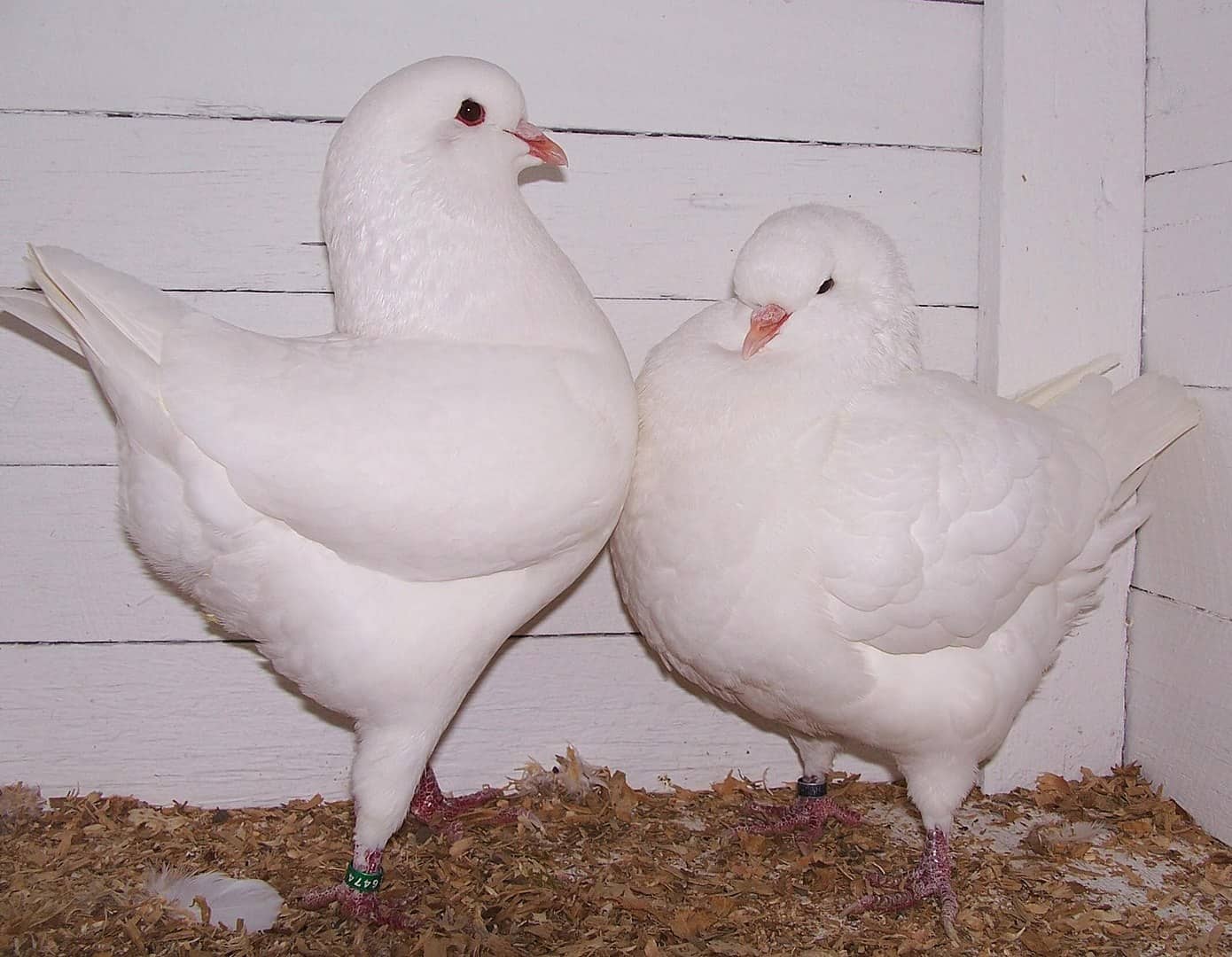
The French dish salmis makes use of pigeon meat.
First, they saute the meat and then slice it before cooking it again in sauce. They also actually make the sauce from the drippings of the meat from when they sautee it. The drippings get thickened into a sauce using wine, as well as either brandy or cognac. Small amounts of pureed liver also get added to keep the sauce from getting too watery.
Making salmis also requires the sauce not to boil while staying hot, as boiling could cause the meat to get overcooked. Other ingredients in salmis include truffles, which make the dish something of a luxury food item.
The Moroccan dish pastilla also makes use of pigeon meat.
Ironically, the name of the dish comes from a Spanish word, meaning small pastry, referencing the dish’s nature as a meat pie. The squad first gets browned in butter, before getting seasoned with onions, parsley, and various spices. It then gets simmered in water until the meat turns tender, after which they let it cool before boning and shredding the meat.
Eggs then get mixed with the sauce to give it a custard-like texture, while crepe dough gets layered in a baking pan. The sauce goes in first, gets covered with another layer of dough, followed by the meat, which also gets covered by another piece of dough. Finally, a topping made from fried almonds seasoned with cinnamon gets added, before getting baked one last time before serving.
Chinese cuisine also makes heavy use of pigeon meat depending on the time of year.
Deep-fried squab makes up a traditional dish served for Chinese New Year in the USA. In fact, more squab gets sold around that time in the USA than any other time in the year. Preparing the squad usually involves braising it in rice wine, soy sauce, and star anise, before frying it until the skin turns crispy and the meat tender.
Pigeons also feature in Indonesian cuisine.
Javanese cuisine, in particular, features squab seasoned with coriander, garlic, and turmeric before getting deep-fried. It then gets served with chili sauce, rice, tofu, and vegetables.

Feral pigeons originally developed from the domestic pigeon.
Technically they still count as the same species, however, feral pigeons have adapted to life in cities and other places near or around where humans live and work. This makes it questionable if they can even survive getting relocated back into the wild. This also makes them something of a nuisance, in particular, their habit of leaving their droppings across urban areas. They can also damage property, such as in rural areas, where large numbers of feral pigeons can damage if not outright wipe out entire crops.
They also prove as a threat to human life, usually when large flocks fly straight into a plane’s course. Pigeons slamming into planes can scratch and damage windows, making it dangerously difficult for the pilots to fly. Worse, they can fly into engines, damaging their insides and potentially causing a plane to crash.
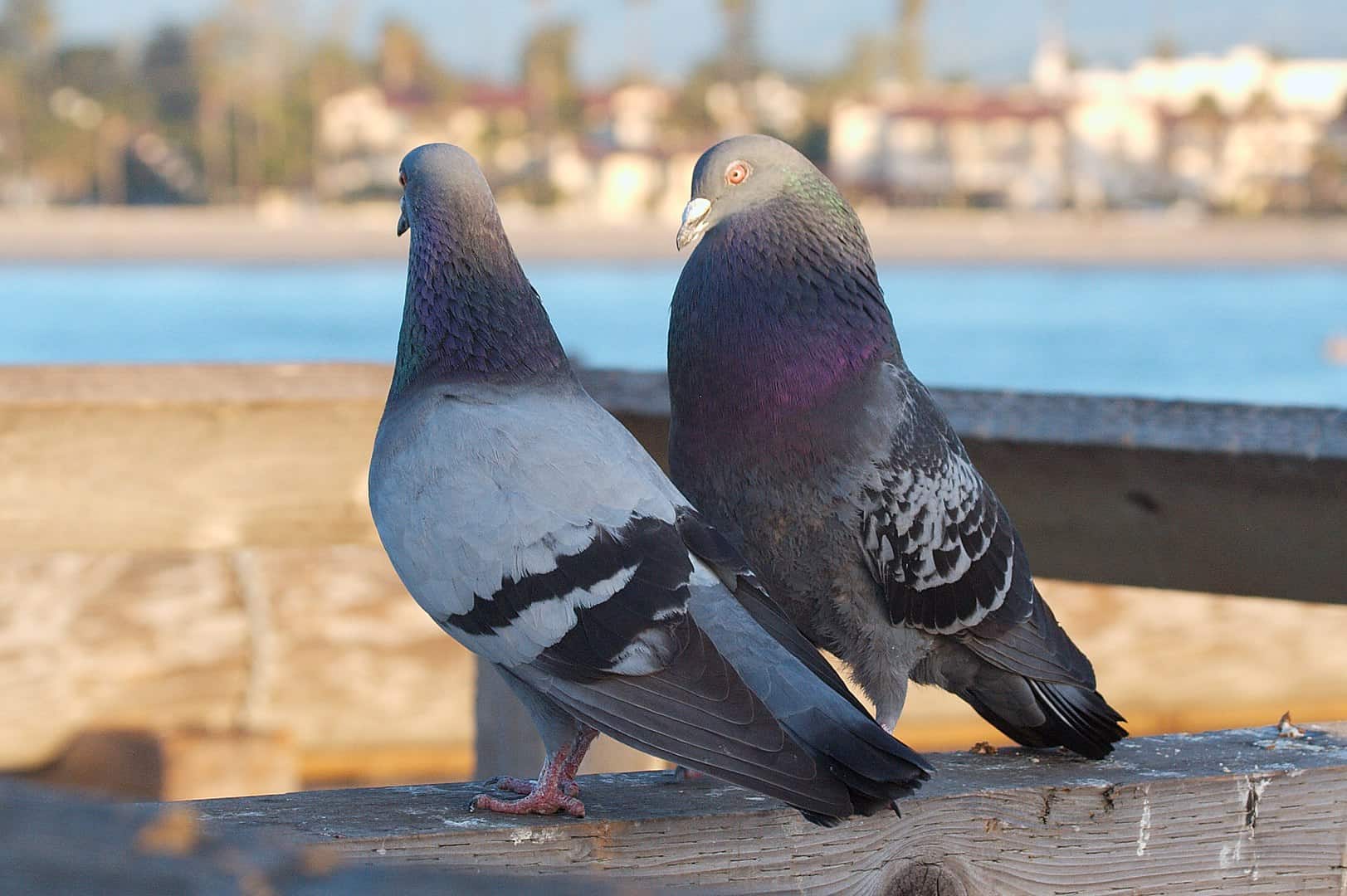
Various urban locales worldwide have become famous for their feral pigeons.
These include Washington Square Park in New York City, as well as George Square in Glasgow, and Trafalgar Square in London. Other European cities known for their feral pigeons include Amsterdam in the Netherlands, and Venice in Italy. In Asia, Mumbai also enjoys fame and recognition for its large feral pigeon population.
Urban governments struggle to control feral pigeon populations.
This comes from the difficulty of killing large numbers of birds at the same time, as guns prove too dangerous to use in urban areas unlike in the wild. Cities once used poison, but today, poison no longer gets used for the risk of accidentally affecting humans nearby. This forces cities to use more indirect methods, such as banning the feeding of feral pigeons, or sterilizing birds in batches to try and control their population.
They have also developed various means to monitor feral pigeon populations.
The simplest method involves dividing an area with pigeons into a grid of squares 500 meters across, and then counting the bird in each square before adding them up. Modern methods more commonly involve taking large numbers of panoramic pictures, and then having computers count the number of birds caught on film.
Scientists remain unsure whether feral pigeons pose a health risk to humans.
On one hand, scientists have long known that feral pigeons can carry diseases that can affect humans and other animals. But on the other hand, a pigeon’s immune system usually makes it impossible for a feral pigeon to directly infect a human. Some diseases also can’t infect pigeons, such as the H5N1 virus, which scientists confirmed in the 1990s.
That said, pigeons can indirectly infect humans, usually by getting exposed to their droppings, either by touching them or inhaling any airborne particles. Mites can also pass on diseases from pigeons, after drinking an infected pigeon’s blood. When the mite bites the human, the disease gets passed on.
Pigeons suffer from a variety of diseases.
The most common takes the form of bird fancier’s lung, which can also infect people. The disease gets passed along by inhalation of particles of infected droppings and causes swelling in the lung’s tissues. Left untreated, it causes the lungs to weaken over time, and could also lead to secondary infections and even death. Other diseases that affect pigeons, as well as humans, include psittacosis, a form of pneumonia, and histoplasmosis, which can spread to other organs from the lungs.
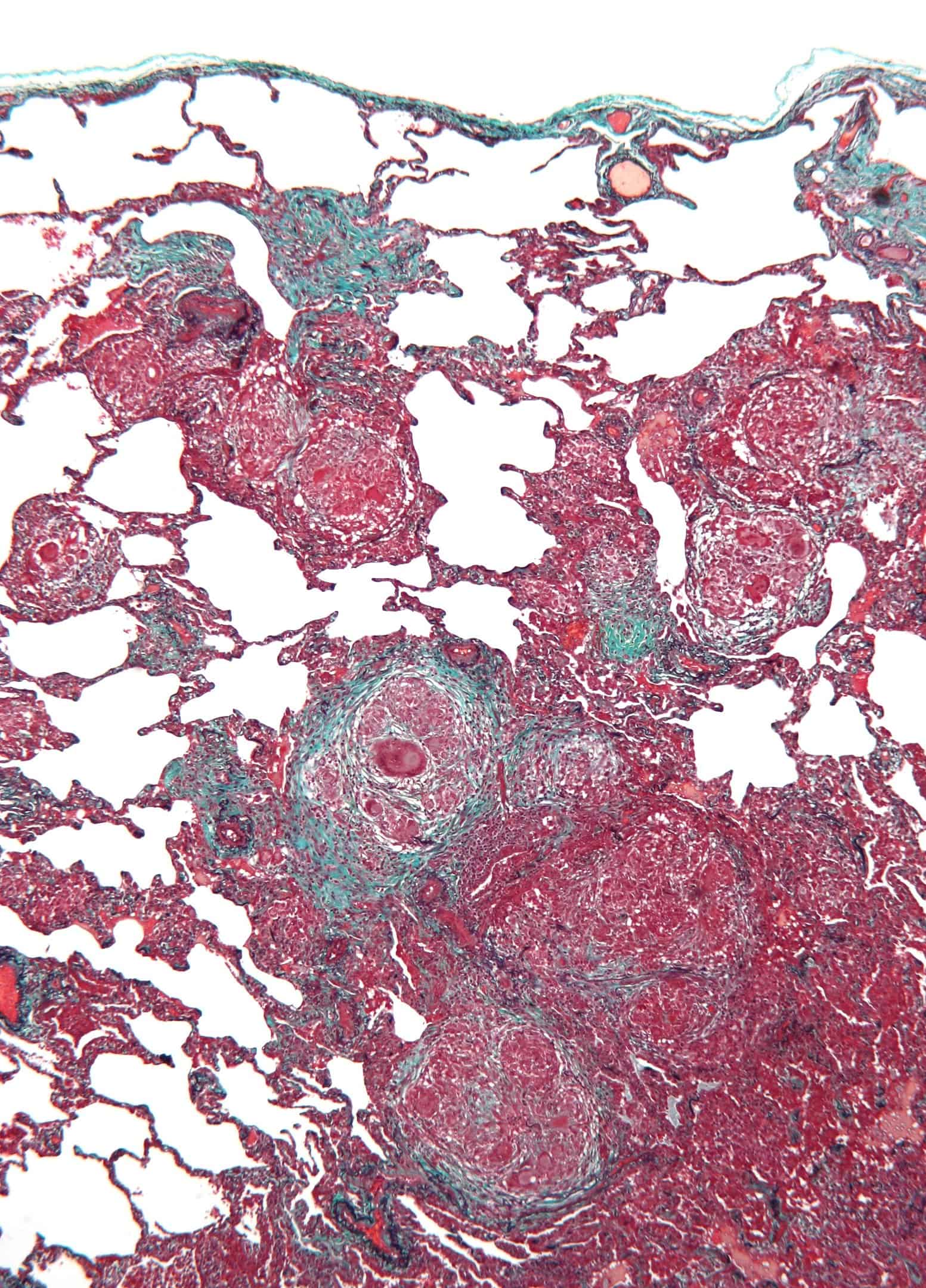
People have also bred pigeons for exhibition purposes.
No less than 800 breeds of pigeon exist for exhibition purposes, collectively called fancy pigeons for convenience’s sake. Out of those 800, 500 of them come from Europe alone, and if all regional variations come into consideration, the total number of fancy pigeon breeds rises to over 1000. Pigeon exhibitions take place worldwide, at the local, national, and international levels. The biggest of them all takes place in Nuremberg, Germany, the German National Pigeon Show, which exhibits over 30,000 pigeons every year.
Birmingham rollers make up one famous breed of pigeon.
As the name implies, it comes from Birmingham in Britain and has a spectacular talent for doing rolls while in flight. Why they actually do so remains a mystery among breeders and scientists, though, they agree the cause doesn’t seem to cause concern. Apparently, the birds actually enjoy rolling in flight, as shown by the pigeons arching and clapping their wings before making their famous rolls. In addition to its fame, the breed also enjoys widespread popularity, with 10,000 breeders around the world.
Other pigeon species originally became bred for competition purposes.
Those include the tippler, a breed especially famous for endurance competitions, with records existing of flights lasting up to 22 hours. On average, though, competition pigeons generally average long flights of up to only 18 hours.
New Guinea’s crowned pigeon remains the biggest pigeon species in the world.
Crowned pigeons aren’t actually a species, but a genus of four species native to New Guinea. As the largest pigeons in the world, they can reach lengths of up to 75 cm and can weigh up to 2 kg. Members of the genus only lay one egg every mating season, which can take up to a month to hatch. The chick then takes up to another month before leaving the nest, with the parents following soon after. On average, crowned pigeons can live for up to 20 years in the wild.
Passenger pigeons once held the distinction of the most common birds in the world.
Here’s a sad and unfortunate example of pigeon facts. Scientists once estimated its population at 5 billion birds, amounting to 40% of all birds in the USA during the 19th century. Today, though, the bird has officially gone extinct, with no living specimens either in the wild or in captivity.
Overhunting remains the cause for extinction, with hunters known to kill millions of birds in a single hunt. Attempts to limit the hunting of passenger pigeons met heavy opposition from the public at the time. Similarly, attempts to preserve the species in captivity failed, with the last passenger pigeon in the world, Martha, dying in the Cincinnati Zoo in 1914.
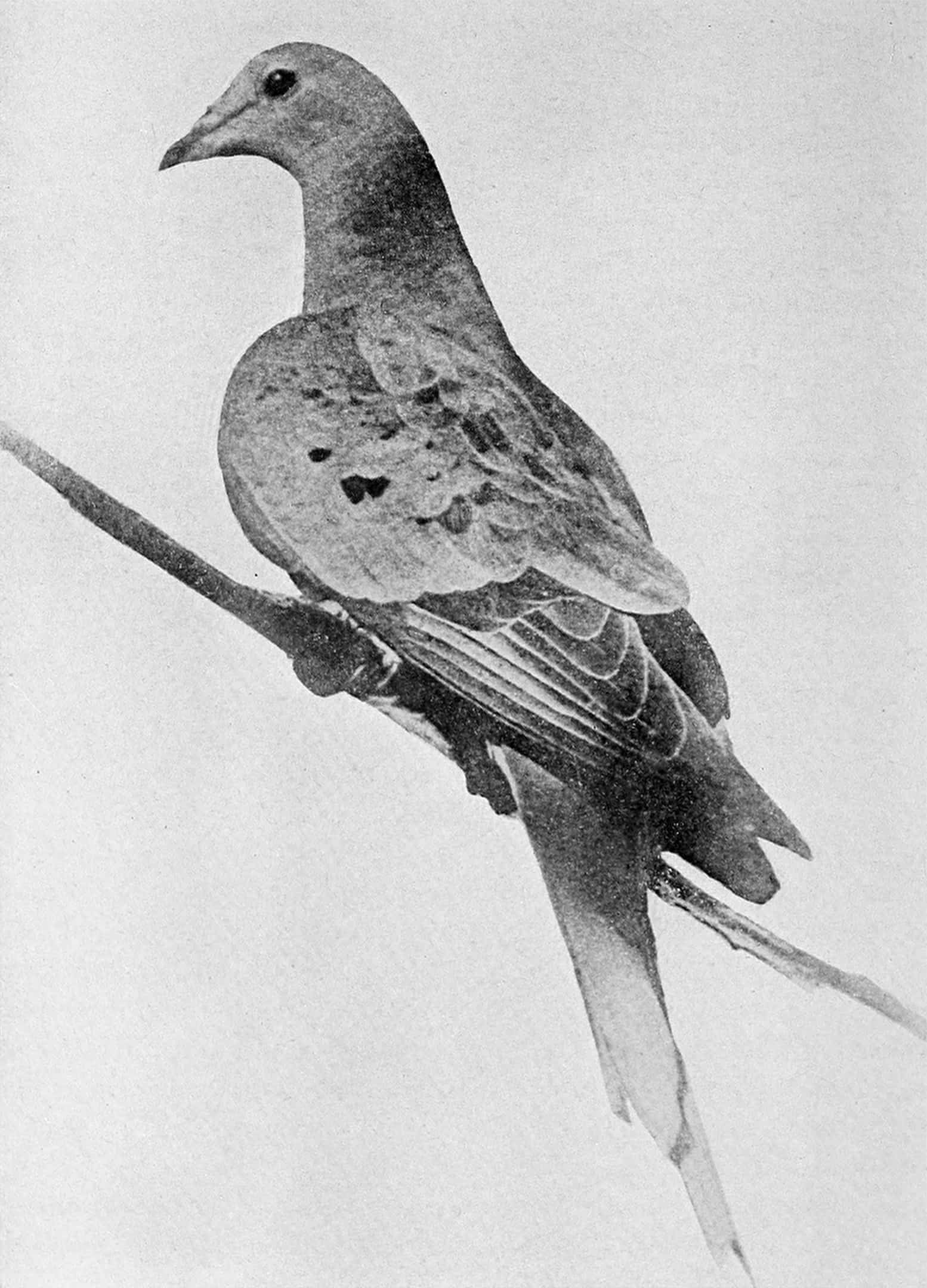
The passenger pigeon once held important roles in Native American society.
The Native Americans hunted the passenger pigeon for food, but never on the scale that developed after the European colonization of the Americas. Outside of providing a food source, passenger pigeons also held a place in Native American religion.
The Wyandots, for example, believed that every 12 years, the souls of the dead became reborn as passenger pigeons. The Senecas also only hunted the juveniles and even made offerings of beads and brooches to the older passenger pigeons before going on a hunt. They also even developed a special dance to honor the passenger pigeon.
Scientists have proposed trying to resurrect the passenger pigeon.
The species has gone extinct, but scientists still have genetic samples of the passenger pigeon in storage. This has led them to the idea of using those samples as a base to clone the species and thus bring them back into the wild. However, the proposal has met opposition from other scientists. They point out that cloning remains an immature technology, with clones generally suffering from organ defects resulting from imperfections in the cloning process.
Other scientists also point out that over the century since the species’ extinction, other species have filled the passenger pigeon’s place in the ecosystem. Resurrecting the species would thus make them an invasive species, and thus possibly cause other extinctions.
The marquesan imperial pigeon is another pigeon species facing extinction today.
Other names for it include the Nukuhiva pigeon, or Upe, the latter from the native language of its homeland. Specifically, Nuku Hiva Island in French Polynesia, where the bird solely lives today. The marquesan imperial pigeon has large dimensions, only second to the crowned pigeon, in fact. It can reach a length of up to 55 cm, and a weight of up to 900 grams.
The Marquesan imperial pigeons once lived across the whole island, but habitat destruction limits them today to woodlands in the island’s uplands. At one point, the species dropped to only 150 birds, leading to their listing as a critically endangered species. Successful conservation efforts have since doubled their population, leading to their current status as only an endangered species.

Pigeons actually have a place in Islamic mythology.
In its early days, before Islam’s triumph and mass conversion of the Arabic population, the prophet Muhammad faced opposition from the then-pagan masses. At one point, this forced him to abandon Mecca, and make a dangerous journey to the nearby city of Medina.
According to Islamic myth, the devil personally led a group of evil men to hunt down and kill the prophet in the wilderness. However, an angel warned Muhammad to hide in a nearby cave, with God having a pair of pigeons make their nest at its entrance. When the hunters found the cave, they saw the nest, which made them think the cave remained empty, as pigeons would never have made their nest there otherwise.
Was this page helpful?
Our commitment to delivering trustworthy and engaging content is at the heart of what we do. Each fact on our site is contributed by real users like you, bringing a wealth of diverse insights and information. To ensure the highest standards of accuracy and reliability, our dedicated editors meticulously review each submission. This process guarantees that the facts we share are not only fascinating but also credible. Trust in our commitment to quality and authenticity as you explore and learn with us.


